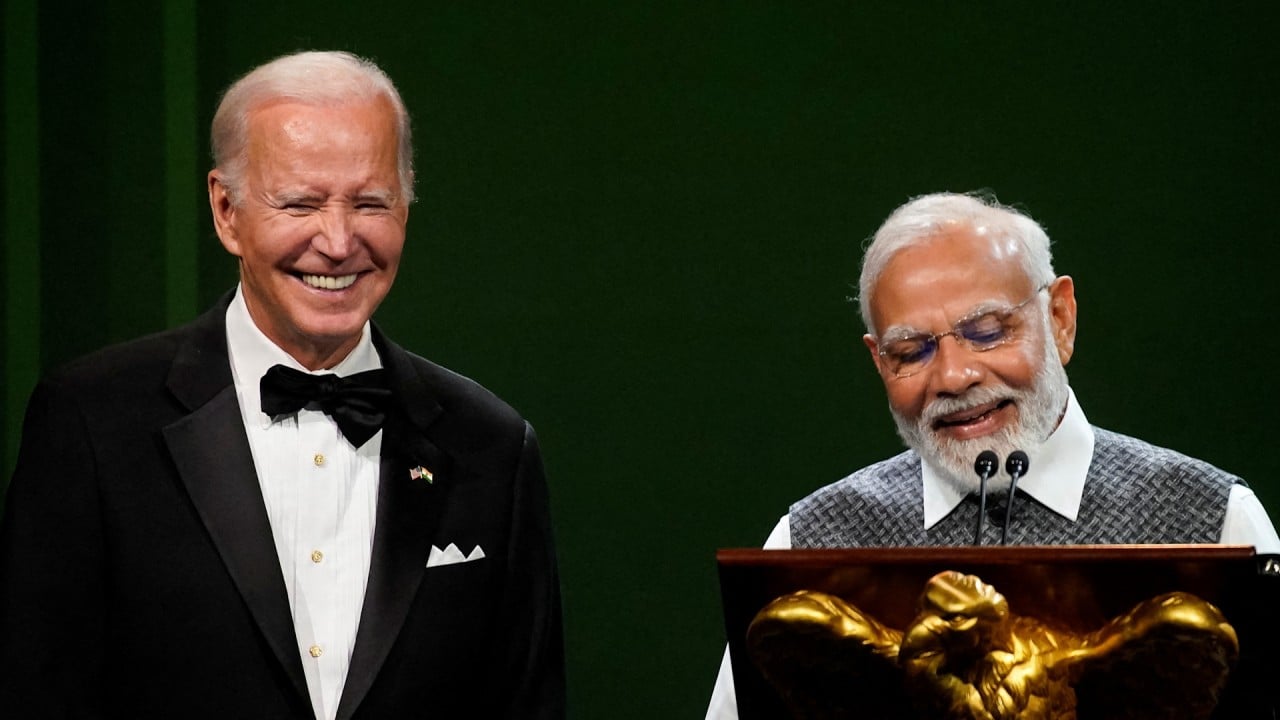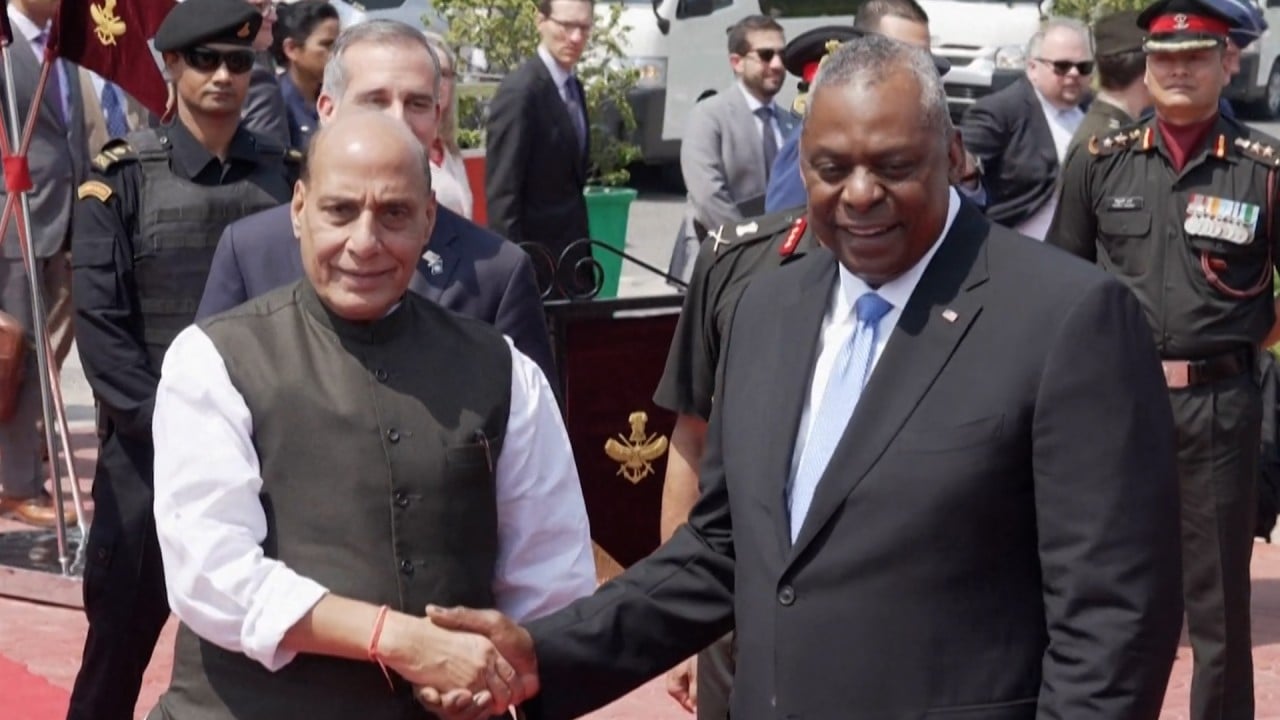
Why the deepening US-India bond should give China pause
- The US and India have had a shared but muted strategic and security concern since the end of the Cold War in the rise of China
- How much New Delhi will benefit from Washington’s embrace is unclear, but Beijing faces the prospect of a growing coalition aimed at resisting it
The two democracies have lived with a shared but muted strategic and security concern since the end of the Cold War. They are both focused on the implications of the rise of China.
However, the US and India have not entered into a formal military alliance – a template with which Washington is more familiar – where the world is divided into allies and adversaries. India does not fit into either box, though it bears remembering that for greater part of the Cold War, the bilateral relationship was described as one of “estranged democracies”.
This would qualify as unalloyed realism in the protection of core national interests. The response to Russia’s invasion of Ukraine is illustrative of India’s foreign policy orientation.
He added, “China falls into a somewhat different category because of the boundary dispute and the currently abnormal nature of our ties.” This, he said, is “an outcome of a violation of agreements regarding border management by them”. Predictably, Beijing has a mirror view of India on their territorial dispute.
Despite US unease, India may be its best partner in a multipolar world
Putin may be weakened but outcome of Ukraine war remains unpredictable
Geopolitics have been churned in unexpected ways since February last year, with the war in Ukraine posing new and seemingly intractable concerns, both ongoing and potential. The US-India joint statement has many domains that have been identified for potential cooperation, ranging from jet engine technology and advanced drones to artificial intelligence and semiconductors.
The degree to which this will enhance India’s comprehensive national power is uncertain since Delhi’s ability to accommodate and appropriately benefit from the US embrace is still a work in progress. Even so, China will have to factor in a new major power rewiring scenario where it is being resisted differently by the US and its allies in Europe, as well as Japan and South Korea, and by partners such as India in a more nuanced manner.
In summary, if current geopolitical trends acquire greater traction, China and Russia will be pitted against a larger global collective. The International Monetary Fund’s April listing of the nations with the world’s highest gross domestic product shows that while China and Russia together account for about US$21.4 trillion, the US and its allies and partners account for more than double that figure.
Can Beijing protect and nurture its core interests in a more malleable manner and reduce the potential for major power conflict? The forthcoming Group of 20 summit, which India will host in September, could be an opportune occasion to review the path less travelled.
Uday Bhaskar is director of the Society for Policy Studies (SPS), an independent think tank based in New Delhi




